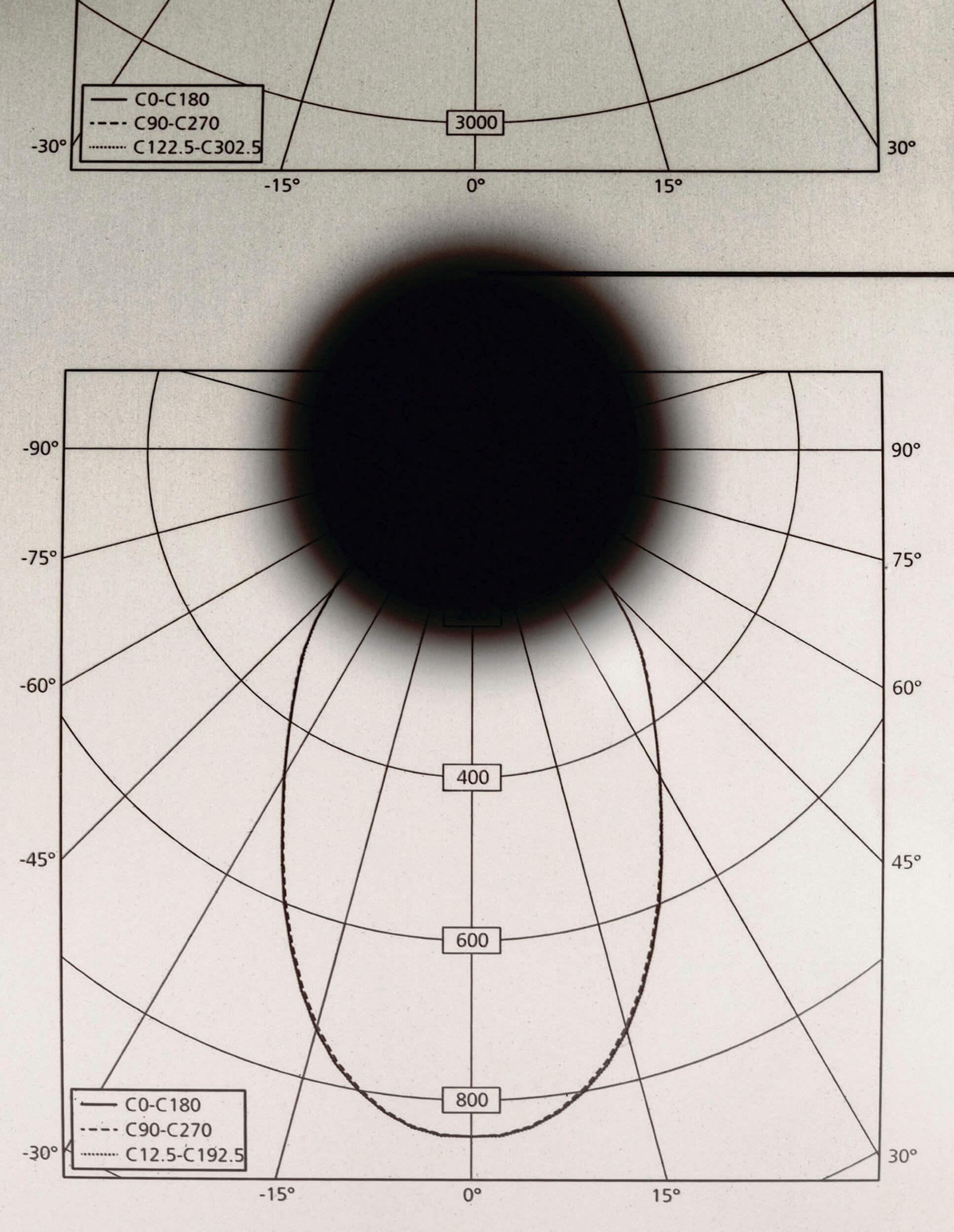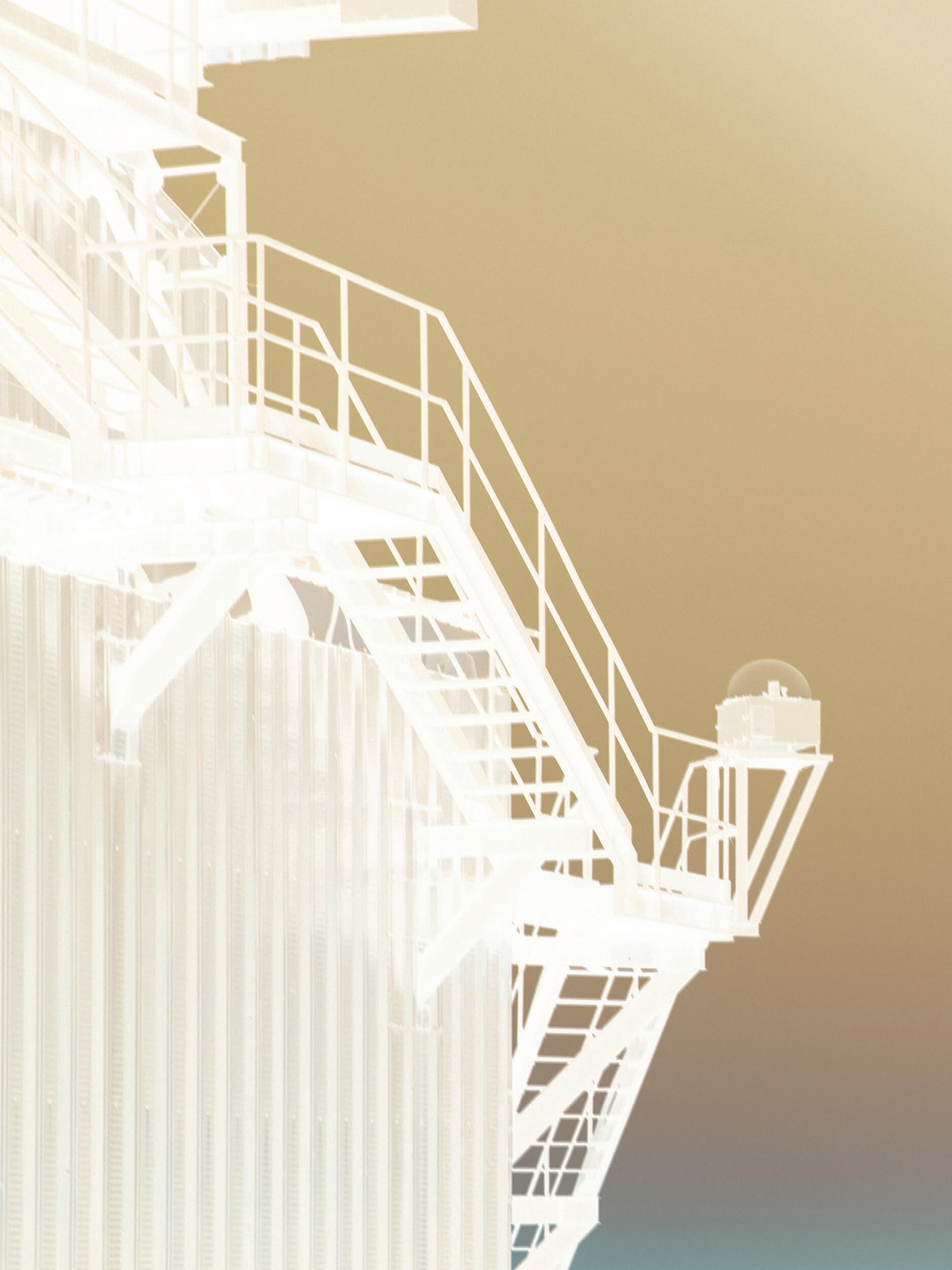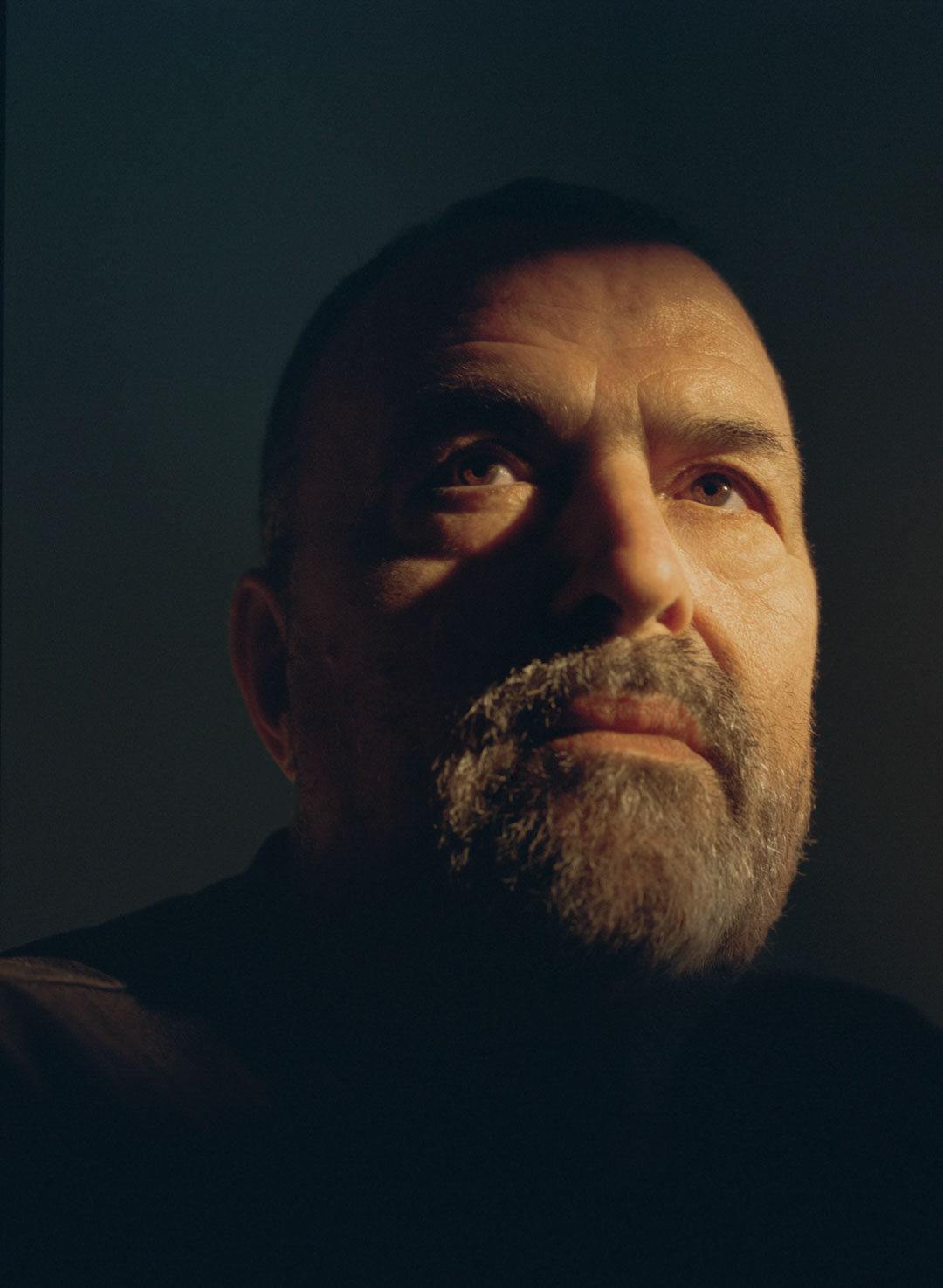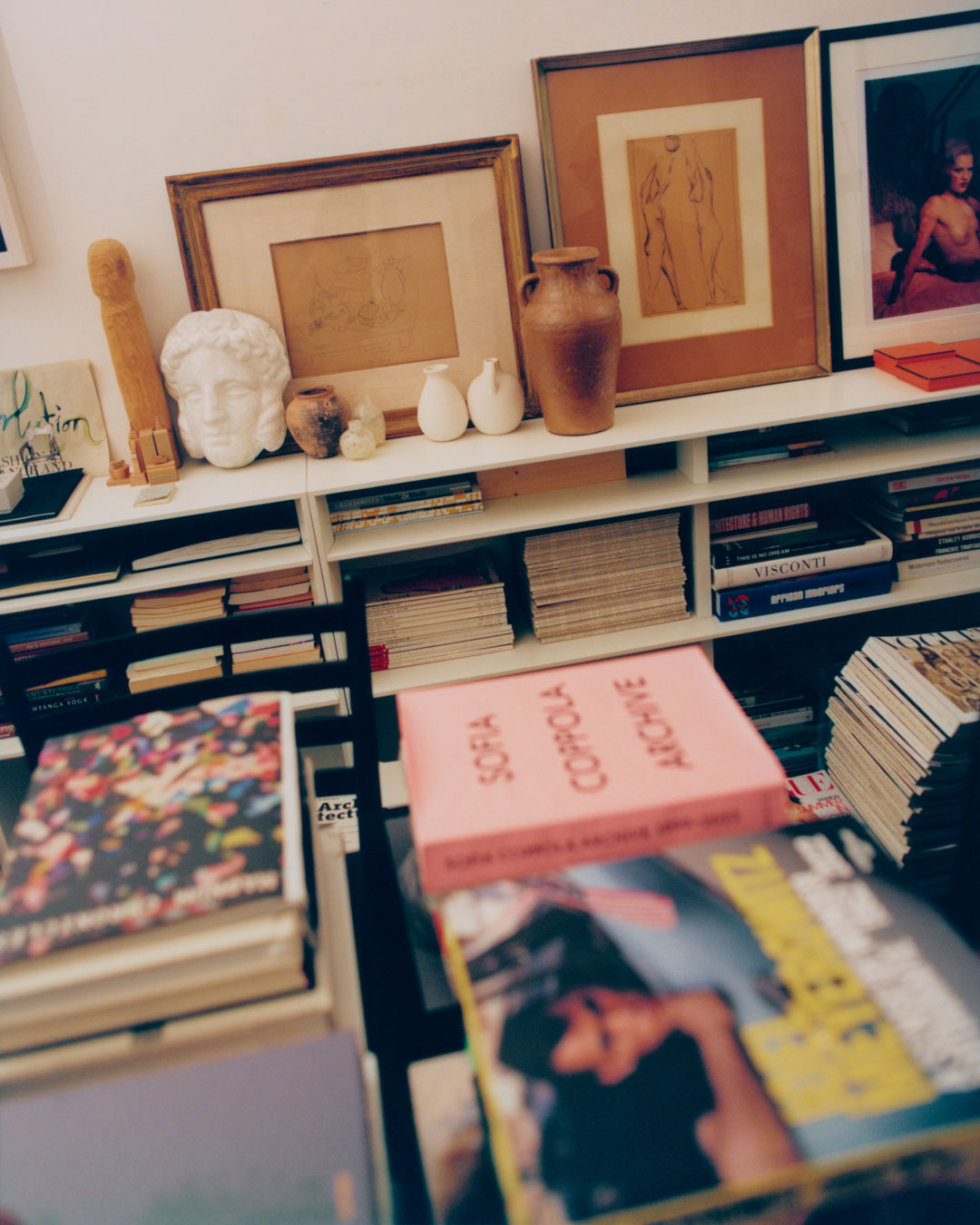PROTEGE NOCTEM

Mattia Balsamini
Words by Raffaele Panizza.
For all of us, blinded by the shards from billions of artificial lights (or ALAN: Artificial Light At Night), the night sky has become a soiled canvas, an unknown phenomenon. Eighty-three per cent of the world’s population has never seen the Milky Way, the galaxy we call home. And in cities like Shanghai, where the world’s largest astronomy museum recently opened, ninety-five per cent of the stars are now in fact invisible to the naked eye.
Public lighting, windows, street lamps and even LED headlights emit blue spectrum light that dazzles the nocturnal ecosystem and damages the human circadian cycle, our endocrinal interplay of sleep and wakefulness, promoting the simultaneous onset of diseases such as breast and prostate cancer, diabetes and depression. Epidemiologists are united in considering the disappearance of the night as a risk factor on a level footing with pollution, alcohol and smoking. “We call on the Commission to put into place an ambitious plan to significantly reduce the use of outdoor artificial light by 2030,” wrote the European Parliament in alarmed tones, in its document titled Biodiversity Strategy 2030: Bringing nature back into our lives.
It’s not only light on Earth but also up there: the proliferation of telecommunication satellites creates false cosmic streaks that prevent astronomers from studying the celestial vault. And natural life itself appears to have been harshly affected: migratory birds veer off course, plant leaves no longer sense the onset of winter, and many insects face extinction: this is why defending the darkness represents the vanguard in the ongoing ecological battle to avert apocalypse.
Protege Noctem is a documentation project chronicling the unofficial alliance between scientists and citizens to counter the disappearance of the night and its creatures. God, may you protect the shimmering of infinity, wherever it may be found.
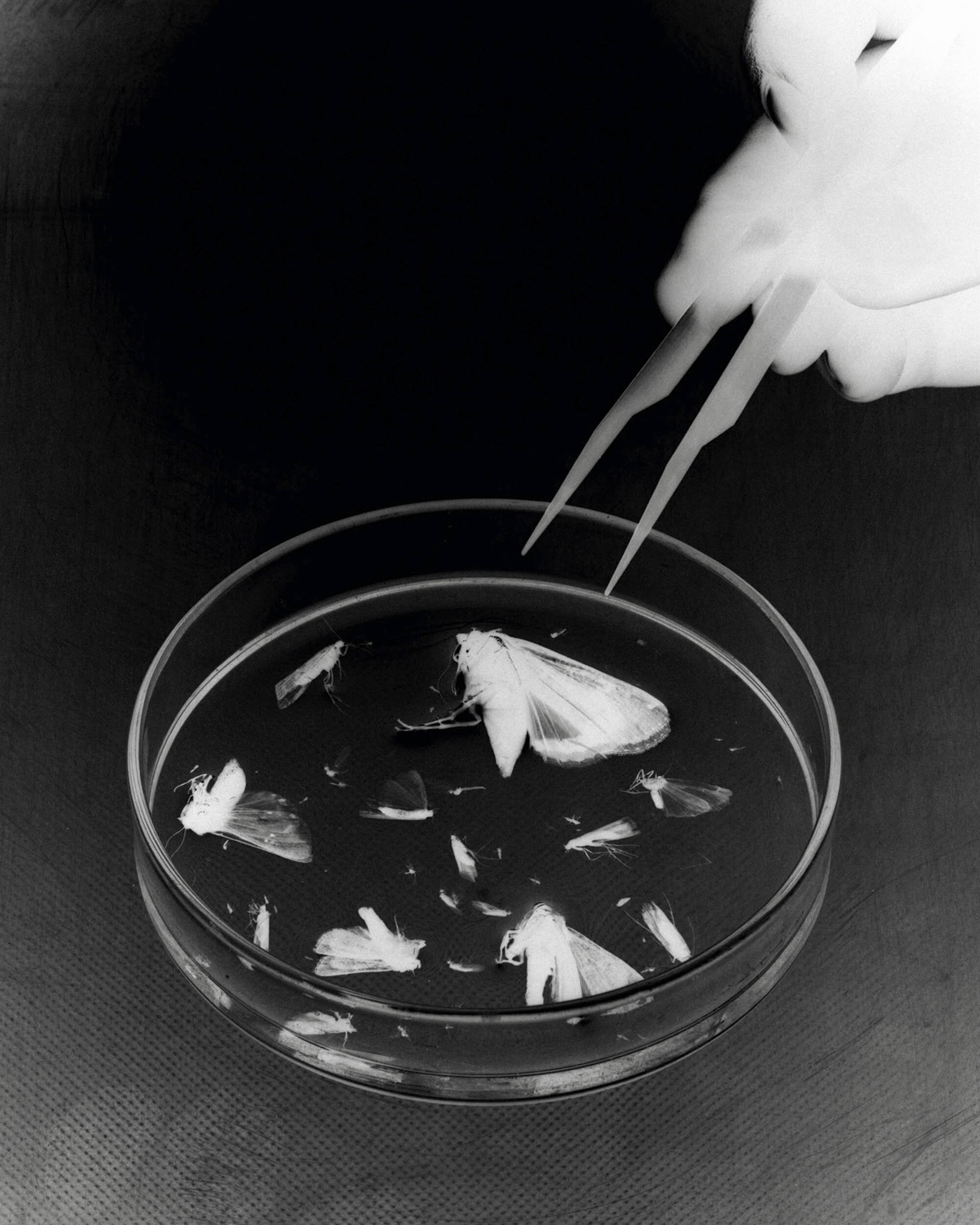


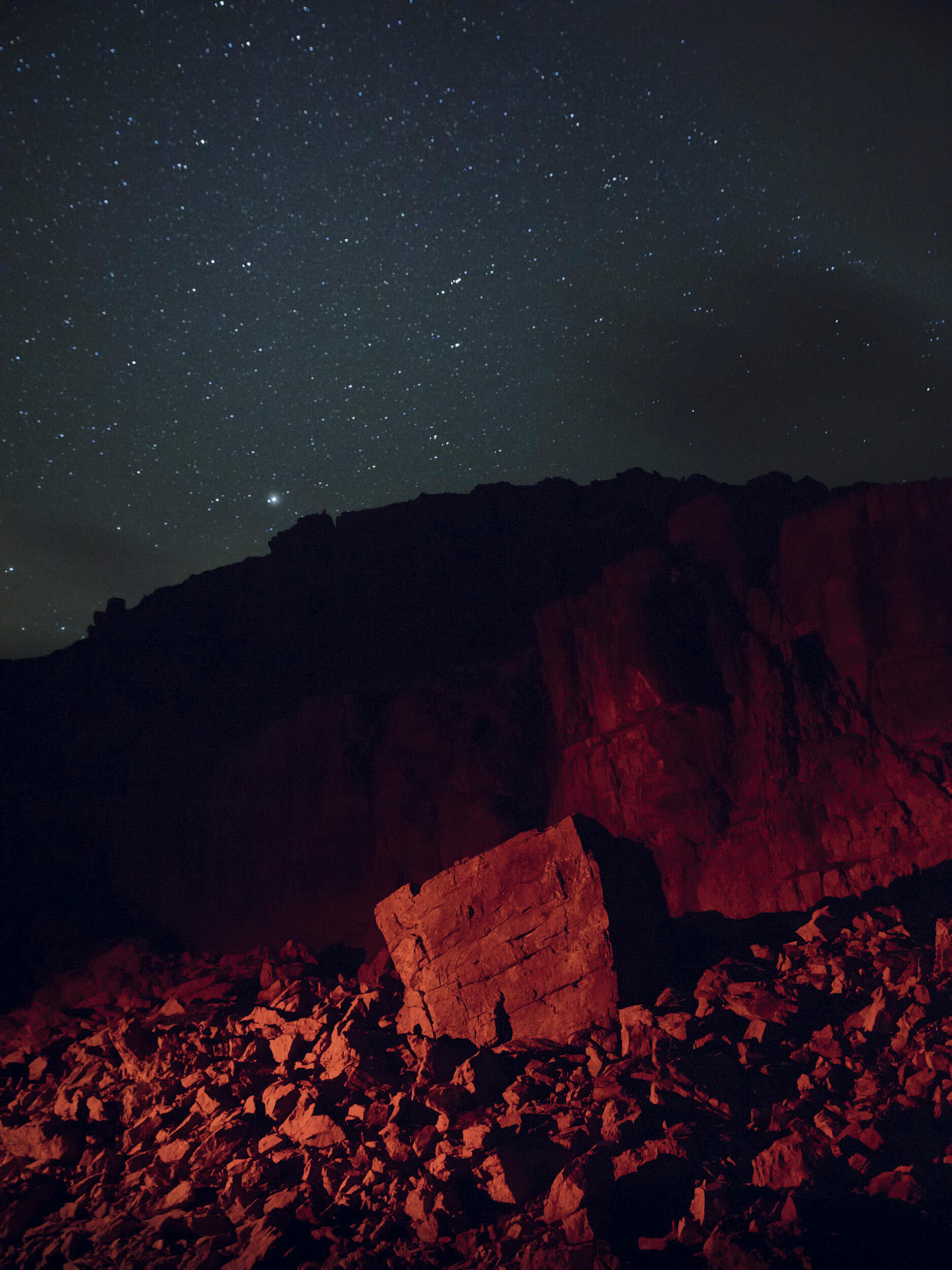

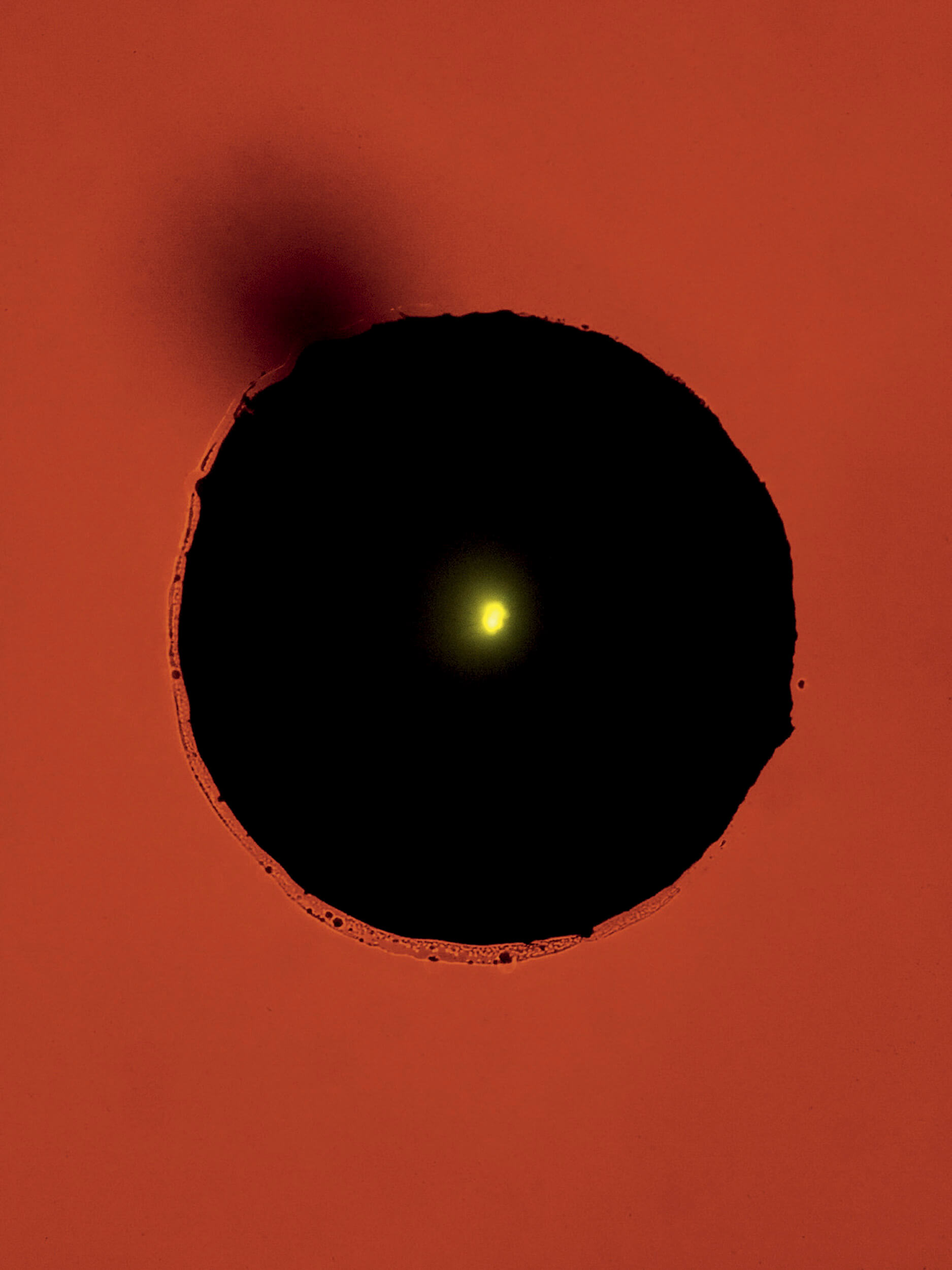
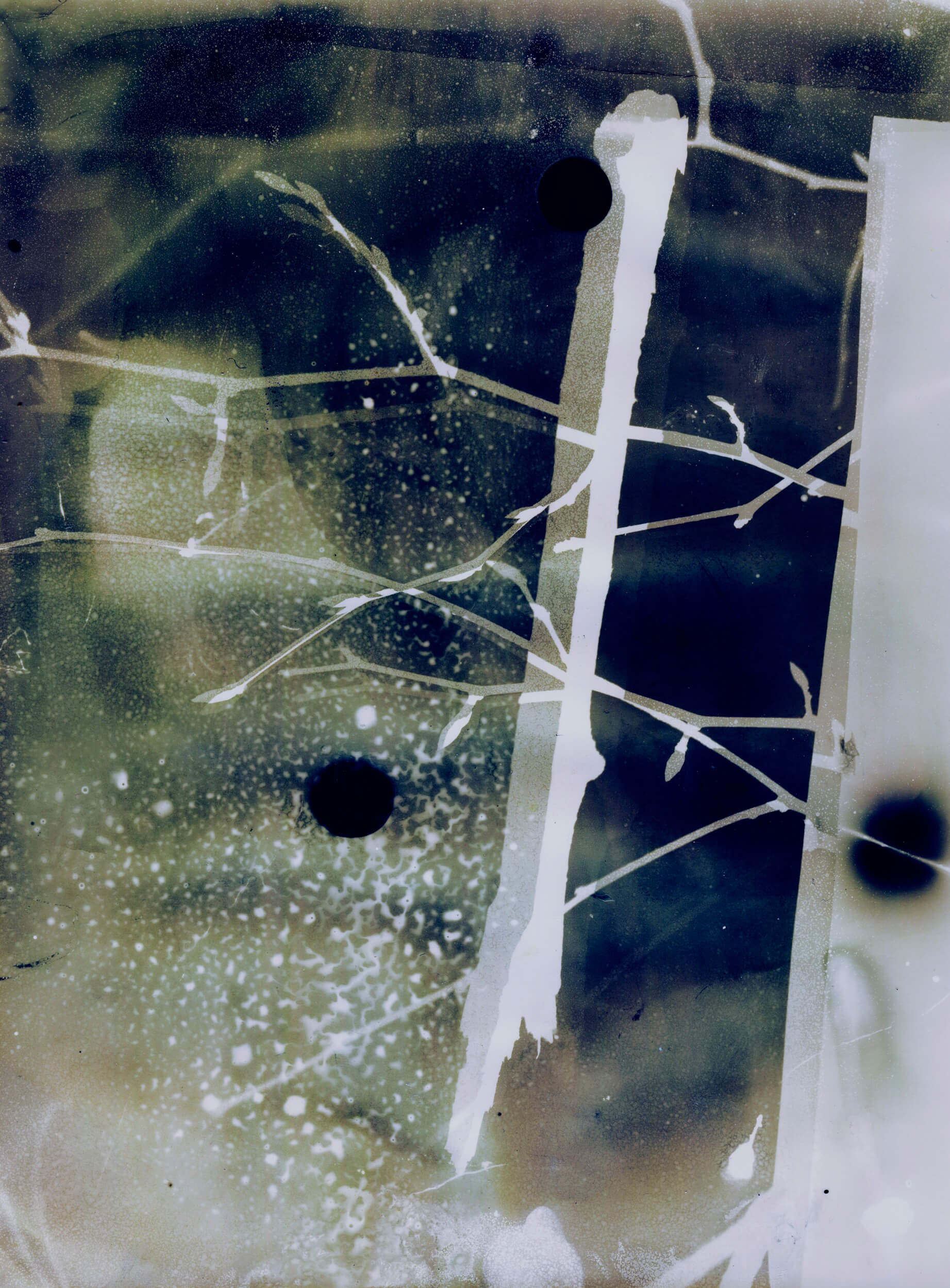
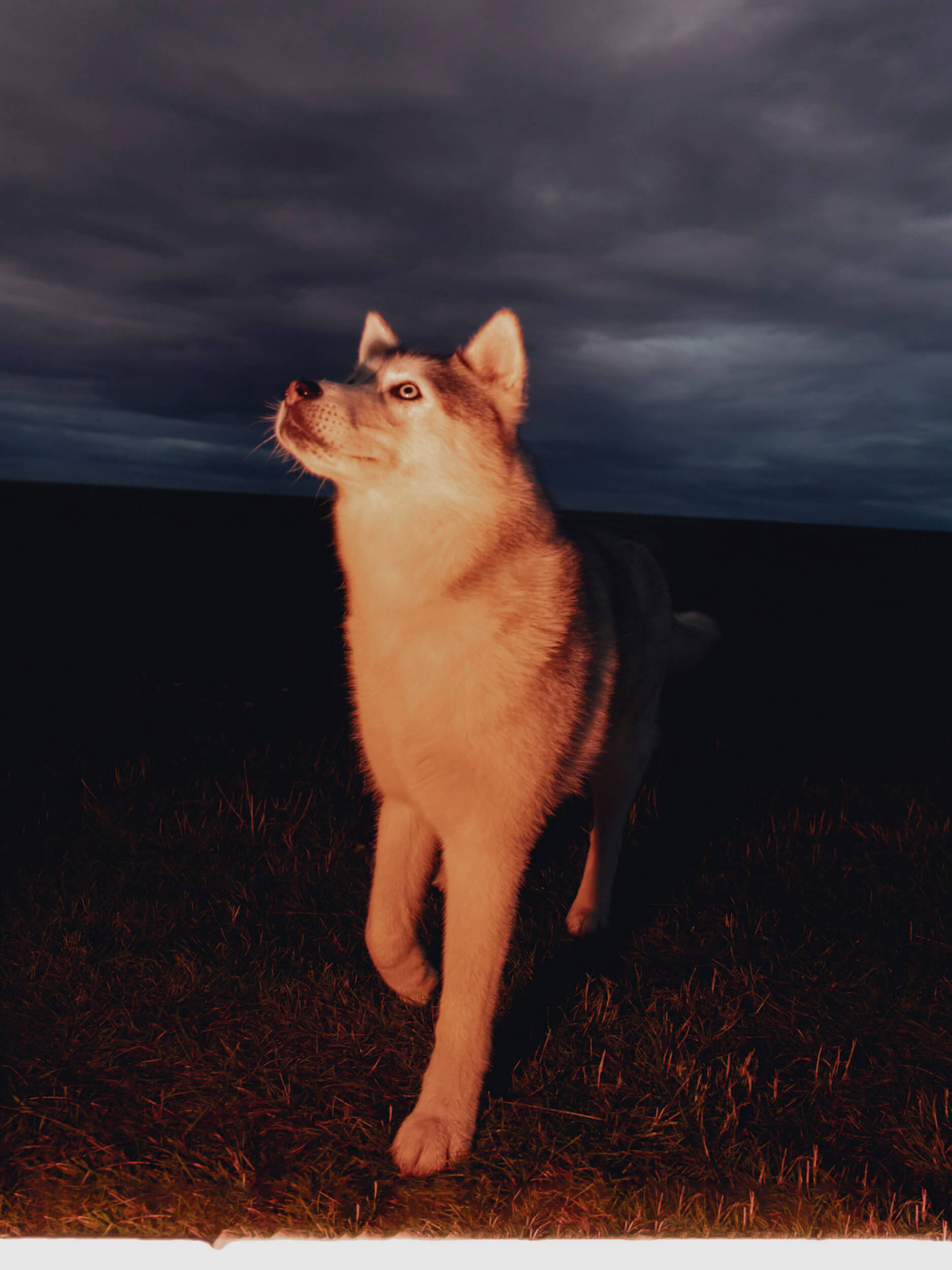
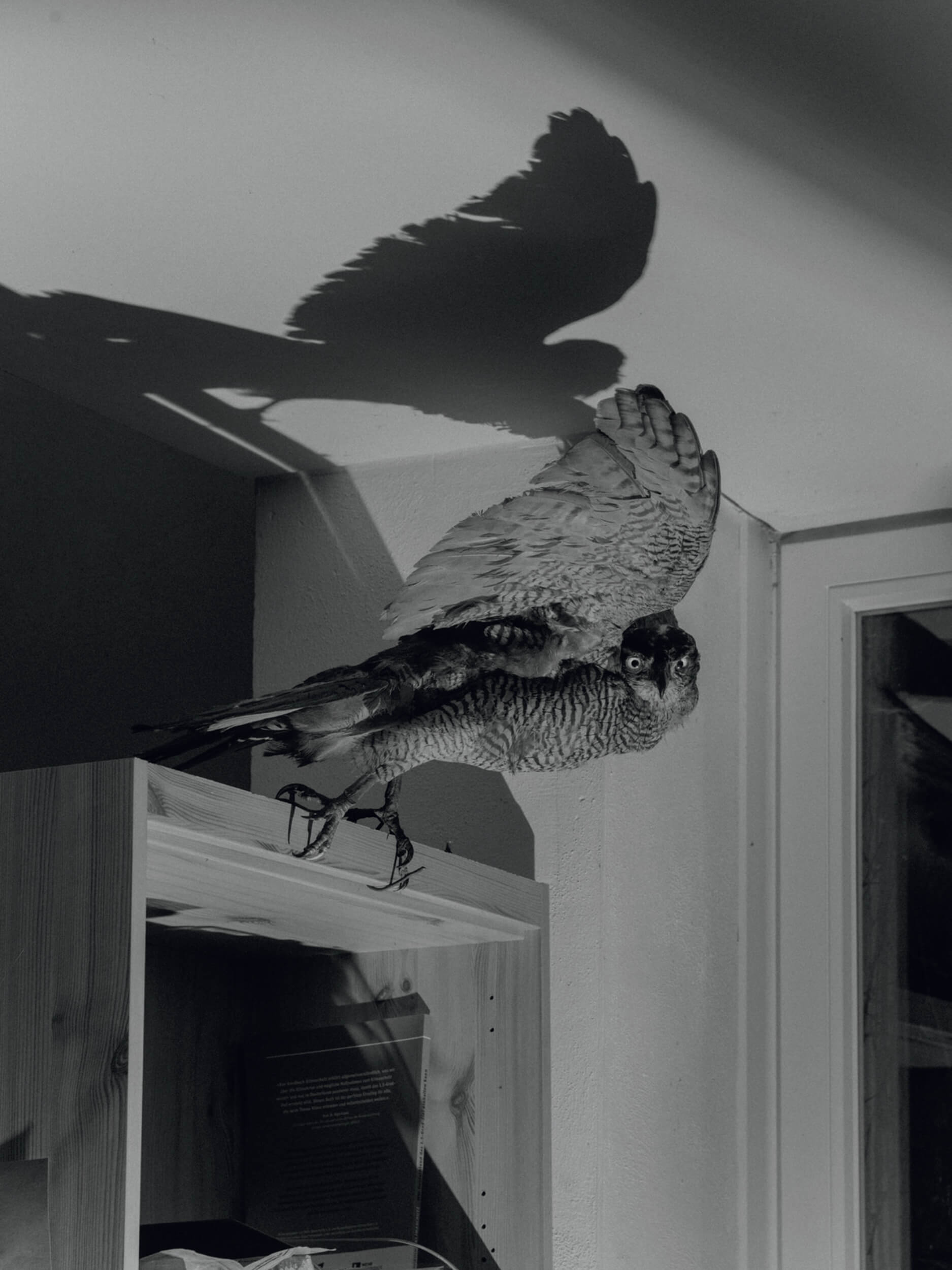
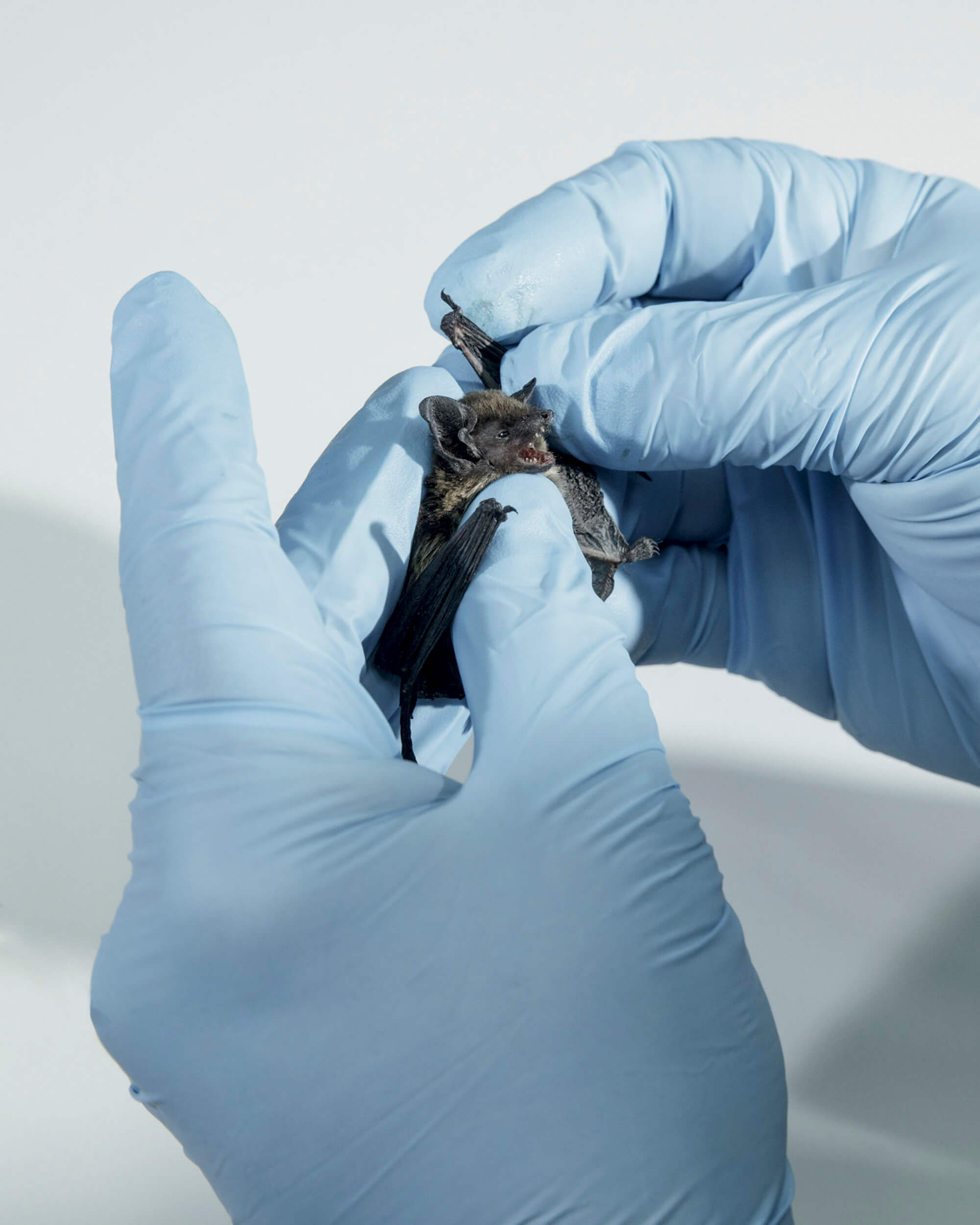
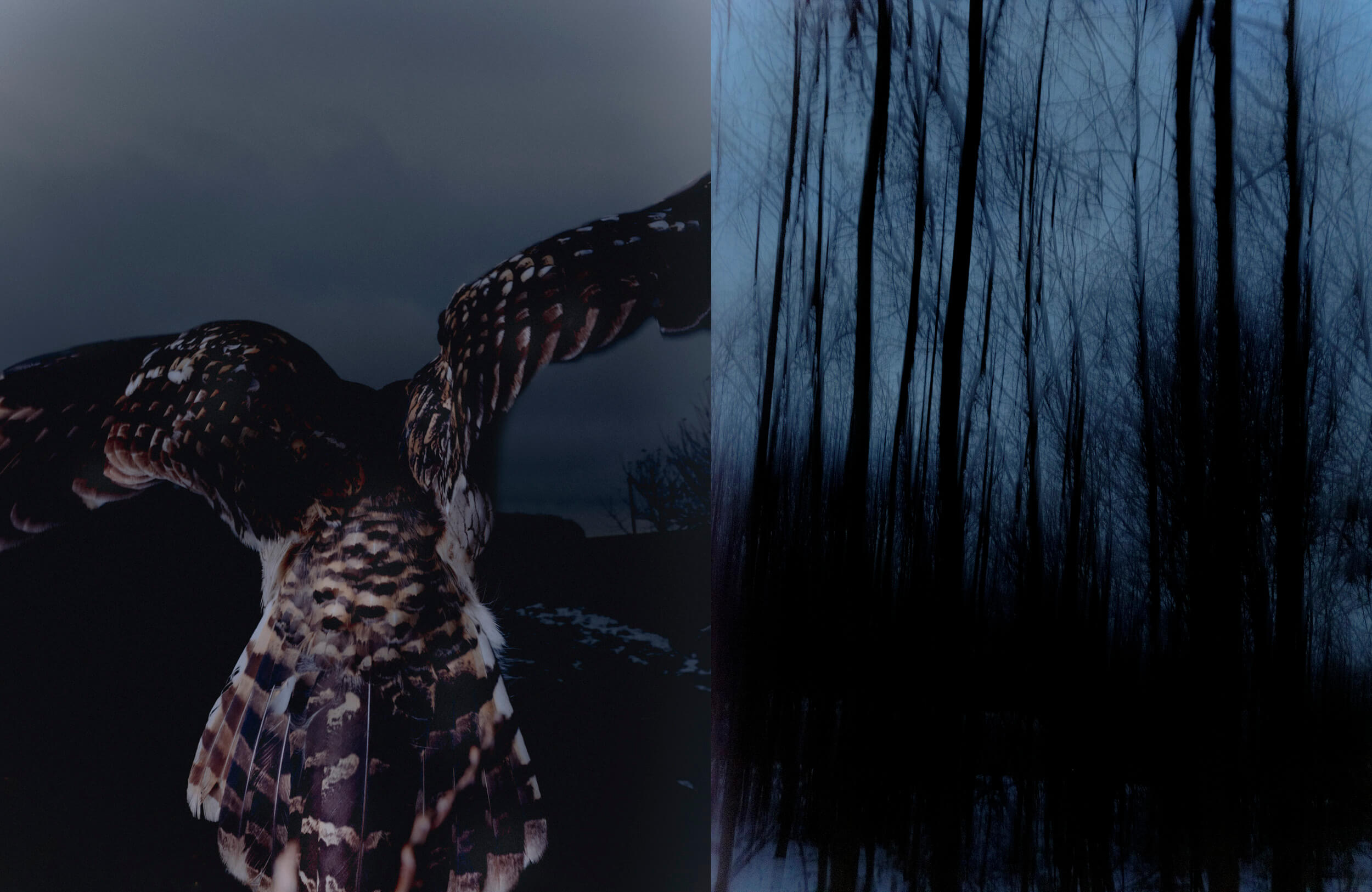
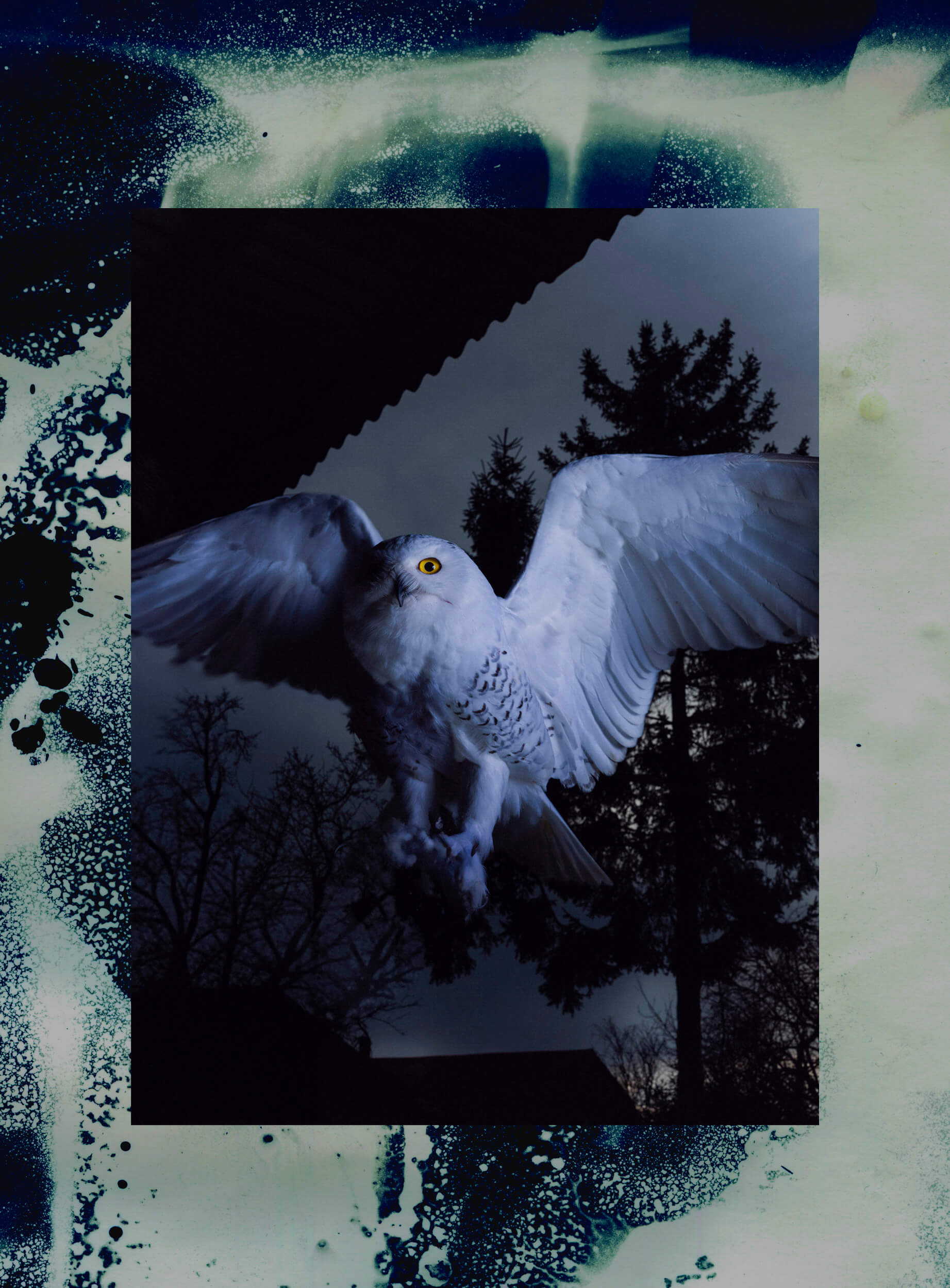
Mattia Balsamini
Born in Pordenone – Italy. Balsamini moved to Los Angeles in 2008, where he began his studies at Brooks Institute. In 2010 he began working at David LaChapelle’s studio as a studio assistant and archivist. In 2011, after obtaining a BA with honorable mention, he returned to Italy. He has been teaching photography at IUAV University of Venice as well as photographing extensively technology and its social implications, focusing on work as a factor of identity. Over the years he has carried out personal and editorial projects in collaboration with institutions such as MIT, NASA, Charitè University Berlin and the Institute of Forensic Medicine University of Zurich. His work has been exhibited at the Milan Triennale, the MAXXI, the Sandretto Re Rebaudengo Foundation, and the Italian Cultural Institute in San Francisco.
